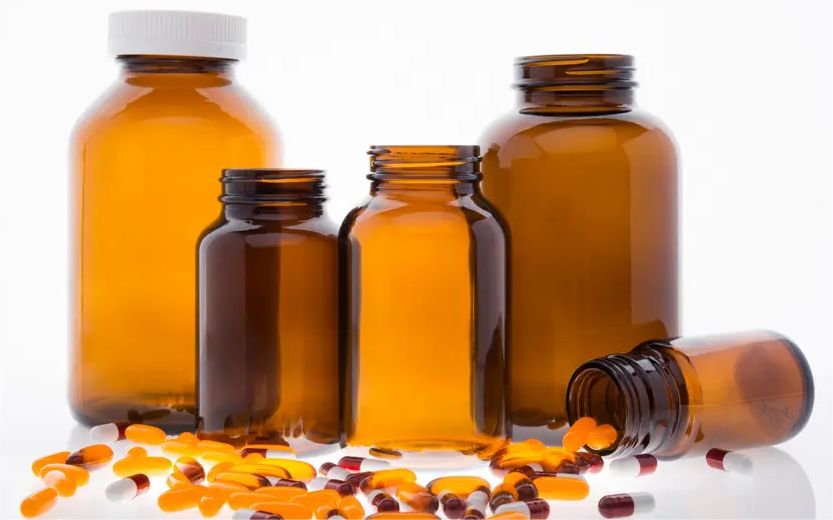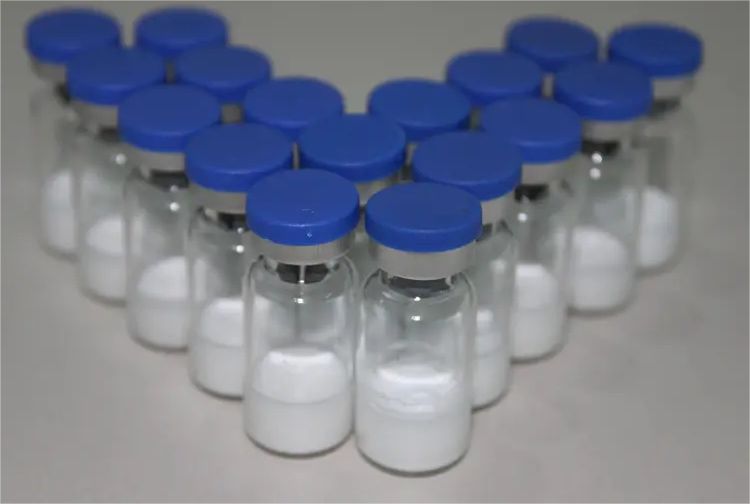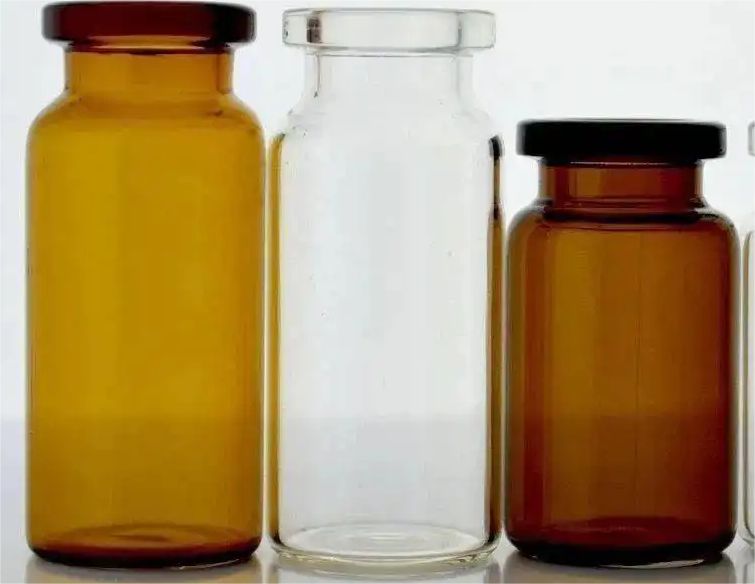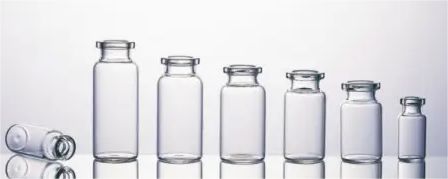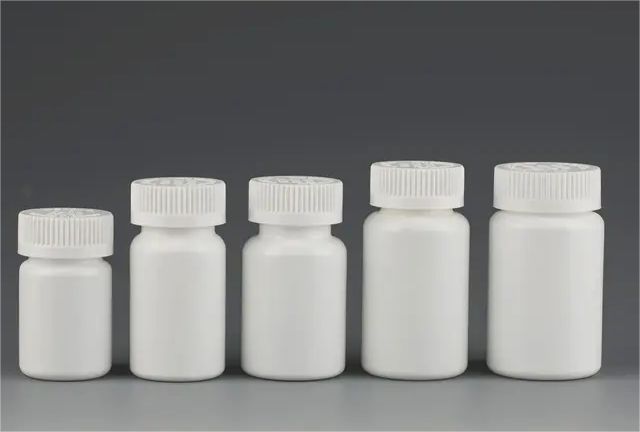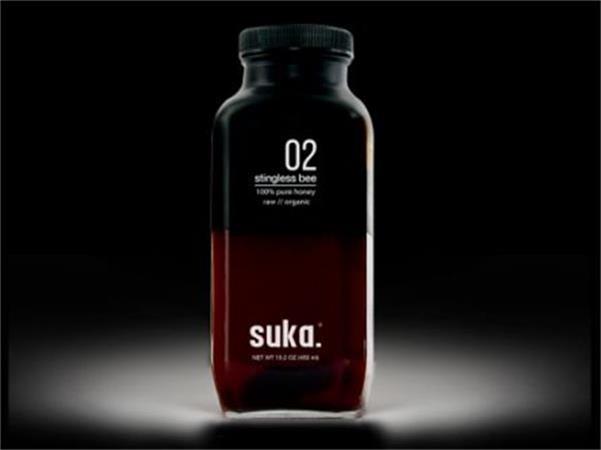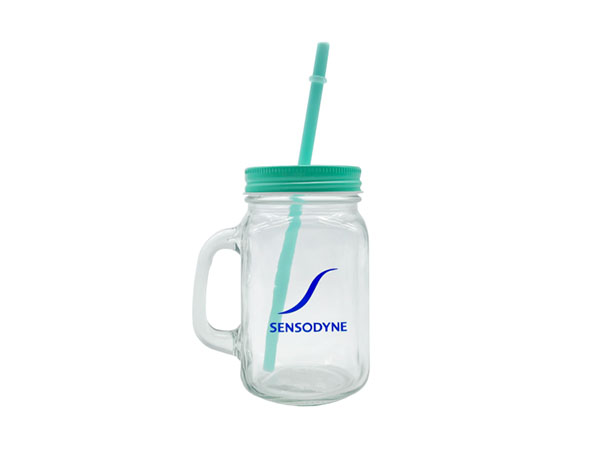The function of packaging is practical in nature. So far, practicality still plays a major role in the form and function of packaging. It not only contributes to the transportation and circulation of goods, but also enables products to be presented in an attractive form.The design and development of appropriate drug packaging is essential to ensure the safe transportation, storage and management of drugs.
Pharmaceutical packaging materials are mainly made of plastic or glass. In general, glass is preferable because it is easier to disinfect.
In this article, we discuss how glass is used in drug packaging and what benefits it brings after use.
First of all, let's discuss the glass type of medicine bottle packaging.For decades, the pharmaceutical industry has been using glass to provide safe and reliable packaging for a large number of its products. This high dependence on one material is due to its many benefits. Over the years, four glass types have been developed, mainly for drug packaging.
1.The first kind: super durable borosilicate glass. This kind of glass is chemically inert and has strong resistance. Borosilicate glass uses boron and aluminum zinc molecules to replace alkali and soil ions, thus forming a glass that is durable enough to contain strong acid and alkali.This kind of glass is chemically inert and has strong resistance. Borosilicate glass uses boron and aluminum zinc molecules to replace alkali and soil ions, thus forming a glass that is durable enough to contain strong acid and alkali.
2.The second kind: soda lime glass with surface treatment. This kind of glass is more chemically inert than borosilicate glass. Sulfur treatment is carried out on the surface of soda lime glass to prevent packaging weathering.This kind of glass is more chemically inert than borosilicate glass. Sulfur treatment is carried out on the surface of soda lime glass to prevent packaging weathering.
3.The third kind: ordinary soda lime glass. This kind of glass packaging is similar to the second type. It has not been treated, so the chemical resistance has not been improved.This kind of glass packaging is similar to the second type. It has not been treated, so the chemical resistance has not been improved.
4.The fourth kind: general soda lime glass. Generally, this type of glass is only used to make packaging for oral or external products.Generally, this type of glass is only used to make packaging for oral or external products.
It is common to color glass to protect the product from the effects of ultraviolet light on its function and efficacy. Amber and red are the most common colors used to block these harmful rays.
Next, we will discuss the overall performance of glass packaging in daily life.Chemical inertness,
For most articles that can be used for glass packaging, the glass will not react with them, and the safety is high;
High barrier :Excellent protection performance, hard and pressure resistant, good barrier, completely isolated from water vapor, oxygen and carbon dioxide, thus having good preservation;
High transparency: It has high transparency and can be made into colored glass, which is easy to shape. It can be made into packaging containers of various shapes and sizes with a variety of forming and processing methods, which has a special effect of beautifying the goods.
High rigidity:The shape of the glass bottle remains unchanged throughout the sales period, which can reduce the rigidity of the outer packaging container and reduce the cost.
Resistance to internal pressure:Especially for the packaging of drinks or aerosols containing carbonic acid gas, the tube bottle is a particularly important material
Good heat resistance:Glass has strong temperature resistance, which is very valuable for the pharmaceutical industry. Pharmaceutical products often need to be stored at a certain temperature to ensure that they are not damaged and their performance remains unchanged. Therefore, glass can be used to maintain the optimum temperature of the product it encloses. The main occasions where high temperature resistance is required during packaging are: hot filling, steaming or sterilization in containers, and sterilization of containers with steam hot air. Glass can withstand temperatures higher than 500 ℃, and can be used for any of the above packaging purposes.
Low cost:Glass is rich in raw materials, low in price, and has the property of recycling.
Reduce the cost of products and make profits to consumers
Plastic bottles account for about 20% of the production cost, while the cost of glass bottle recycling is extremely low. It is the most economical way to replace plastic bottles with glass bottles.
As an integral part of drugs, drug packaging is attracting more and more attention.Qiancai Packaging believes that the internal quality of drugs is important, but the external packaging can not be ignored. Especially today, with the deepening of the medical security system, it is a general trend to buy drugs by yourself. Poor quality of drug packaging will not only make the quality of drugs less guaranteed, but also affect the reputation of manufacturers and cause unsalable products.
The use of glass in drug packaging has many advantages.First of all, glass has strong temperature resistance, which is very valuable for the pharmaceutical industry. Pharmaceutical products often need to be kept at a certain temperature to ensure that they are not damaged and their performance remains unchanged. Therefore, glass can be used to maintain the optimum temperature of the product it encloses.Glass does not react with chemicals. Even if its external surface is exposed to other products and chemicals, it will not endanger the materials with purity. Pharmaceutical products consist of specific, calculated molecular mixtures. The potential contamination of these products poses a major threat to patients using these drugs. Therefore, the highly non reactive property of glass is beneficial to its use in drug packaging.Another commonly used drug packaging material, some types of plastics, will react. This means that they cannot be used to package all pharmaceutical products, because they can react with the substances inside. Before scientists decide to use the most appropriate packaging materials, they should investigate the potential reaction. Since glass will not react, it is safe to choose glass.Another advantage is that it will not leak. Like some types of plastics, it will leak a chemical called bisphenol A or BPA. Some people believe that BPA contaminated drugs will have a negative impact on the brain and blood pressure. Although no clinical study has been conducted to confirm this link between BPA leakage and adverse health outcomes, the selection of glass as a drug packaging material eliminates this risk. Glass can also easily disinfect and maintain its performance in the face of high temperature, destroying bacteria and microorganisms.
Finally, glass has several other characteristics, making it an advantageous drug packaging material. For example, it is not only tough and durable, but also can be easily marked and shaped into customized shapes and sizes.
In the international developed countries, various packaging materials and packaging methods are constantly developing and changing. Drug packaging accounts for 30% of the drug value, while in China, the proportion is only about 10%. After joining WTO, more international pharmaceutical enterprises will enter China, which not only aggravates the competition in China's pharmaceutical industry, but also has a huge impact on the domestic pharmaceutical packaging industry.
Another advantage is that it will not leak. Like some types of plastics, it will leak a chemical called bisphenol A or BPA. Some people believe that BPA contaminated drugs will have a negative impact on the brain and blood pressure. Although no clinical study has been conducted to confirm this link between BPA leakage and adverse health outcomes, the selection of glass as a drug packaging material eliminates this risk. Glass can also easily disinfect and maintain its performance in the face of high temperature, destroying bacteria and microorganisms.
Finally, glass has several other characteristics, making it an advantageous drug packaging material. For example, it is not only tough and durable, but also can be easily marked and shaped into customized shapes and sizes.
The next five years will be a critical period for the rapid development of pharmaceutical packaging in China. Whether it is the packaging of powder injection, water injection, tablet, oral liquid, or large infusion, various packaging materials and packaging methods will replace and compete with each other in the field of pharmaceutical packaging with their unique performance and advantages.
All kinds of more safe, effective, convenient and novel packaging materials and packaging methods will be continuously improved and innovated with the rapid development of the pharmaceutical industry. With its own advantages of solidity, durability, safety, sustainability, stability and recyclability, glass has unique advantages in the future market.Glass has many advantages as a drug packaging material. Although some experts predict that as scientists seek more effective barriers to protect life-saving therapies, the commonly used glass and elastic closure systems may eventually become outdated, glass may still be a key material in the pharmaceutical industry.
In the future, we will see more environmentally friendly packaging materials used in the pharmaceutical industry, and recycled glass is an important material. The current focus is on developing strong, durable, safe and sustainable pharmaceutical packaging materials. In the coming decades, tablets, syringes and bottles for other medicines and pharmaceutical products may continue to rely on glass.
Post time: Sep-23-2022 Other Blog

